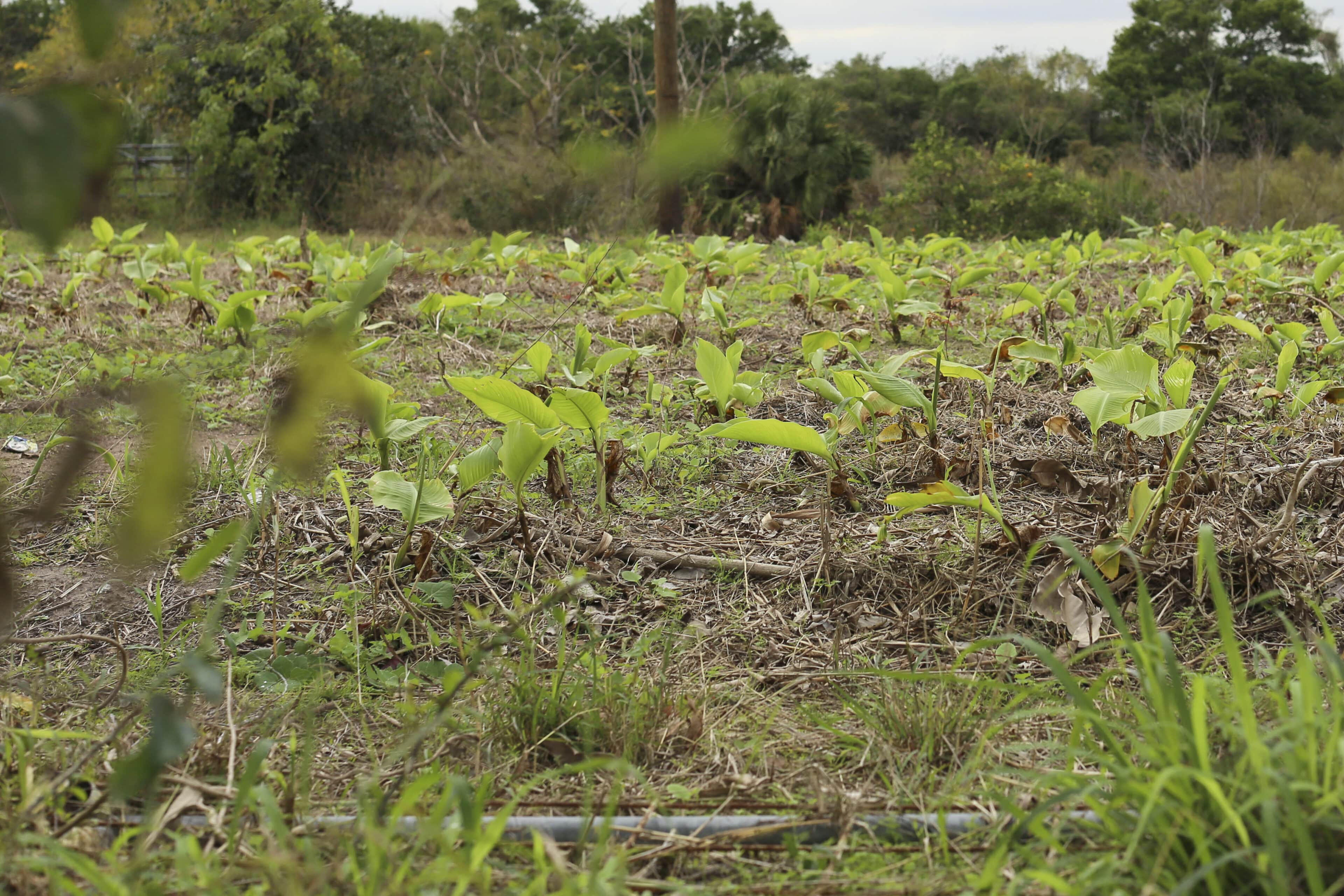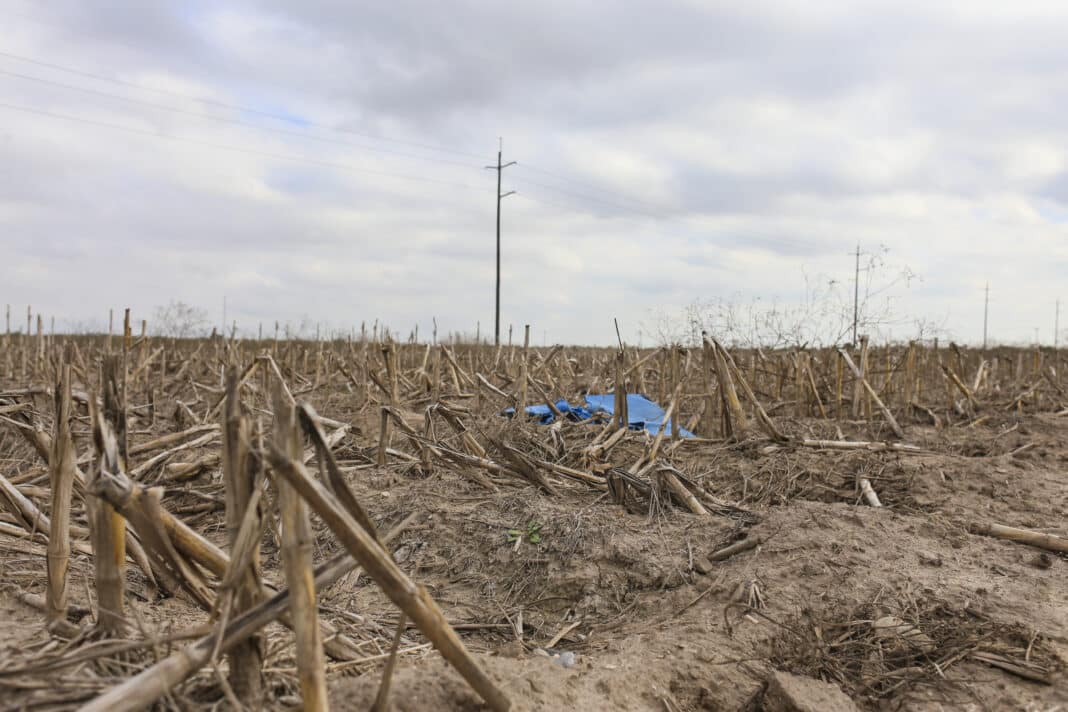Get ready for some very dry conditions over the next several months as above average temperatures and below average precipitation are in the forecast.
According to the National Oceanic and Atmospheric Administration February to April Outlook, temperatures could be in the 100 degrees as early as late February in some parts of the Rio Grande Valley and heat index of 105 degrees could occur as early as April, the National Weather Service in Brownsville reports citing from NOAA data.
The combination of above average temperatures and below average precipitation will lead to extreme and exceptional drought conditions in the Rio Grande Valley and other parts of South Texas, Barry Goldsmith, warning coordination meteorologist, stated in a prediction forecast.
Goldsmith writes based on this forecast becoming reality the Valley could experience the following:
>> Drought will worsen by the end of April. Extreme Drought will cover most agricultural areas with development pockets of Exceptional Drought by the end of April.
>> Wildfire spread threat will increase through the season because of the very dry conditions.
>> Municipal and agricultural water shortages are likely to become an issue in mid to late spring as Falcon Reservoir remains low to begin the season.
One of the last significant rainfalls the Valley received was back in September when some parts of the area received about 3 inches of rain, said Brian Mejia, a NWS meteorologist. Prior to that, it was back in July when Hurricane Hanna dumped anywhere from 8 to 15 inches of rain in some areas.

Mejia said the winter months are usually the driest. No rain is in the forecast for over the next seven days.
Goldsmith states the “Why” of the forecast is due to La Nina that will remain through March or April that will continue to bring persistent warmth over the area. La Nina tends to bring warmer than normal temperatures.
The Valley is currently experiencing moderate to severe drought conditions, according to the Texas Drought Monitor. Cameron County is under an abnormally dry to moderate drought to sever drought while Hidalgo County is experiencing a moderate to severe drought. Starr County is experiencing severe to extreme drought conditions and Willacy County is experiencing moderate to severe drought conditions.
The temperatures will also be warmer in April where the Valley could experience an “early onset of summer-like heat,” Goldsmith said, adding that heat index or “feels like” temperatures could rise to about 105 degrees at that time.
Actual temperatures could reach at least 100 degrees as early as late February from Brook and Hidalgo counties out to Zapata. Several areas could experience 100 degree afternoons by the end of April.
Goldsmith states finalized wildland management plans should begin ahead of what is going to be an active wildfire growth period in the spring and that now is the time to look at agricultural and municipal water plans in case of shortages.
As of Friday, the Falcon Reservoir was 28.3% full and the Amistad Reservoir was 63.7% full. Valley farmers depend on the Amistad and Falcon reservoirs for irrigation purposes.




